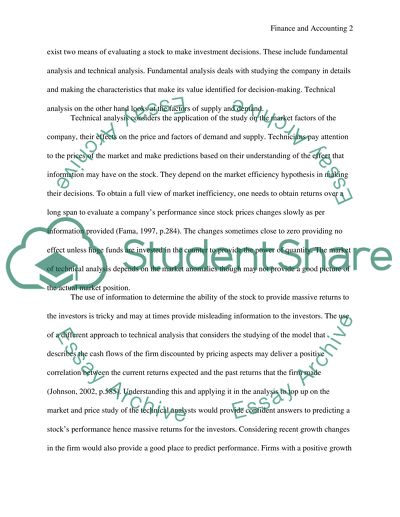Cite this document
(“Evaluate the empirical evidence on the predictability of excess stock Coursework - 2”, n.d.)
Evaluate the empirical evidence on the predictability of excess stock Coursework - 2. Retrieved from https://studentshare.org/finance-accounting/1681745-evaluate-the-empirical-evidence-on-the-predictability-of-excess-stock-returns-using-technical-analysis
Evaluate the empirical evidence on the predictability of excess stock Coursework - 2. Retrieved from https://studentshare.org/finance-accounting/1681745-evaluate-the-empirical-evidence-on-the-predictability-of-excess-stock-returns-using-technical-analysis
(Evaluate the Empirical Evidence on the Predictability of Excess Stock Coursework - 2)
Evaluate the Empirical Evidence on the Predictability of Excess Stock Coursework - 2. https://studentshare.org/finance-accounting/1681745-evaluate-the-empirical-evidence-on-the-predictability-of-excess-stock-returns-using-technical-analysis.
Evaluate the Empirical Evidence on the Predictability of Excess Stock Coursework - 2. https://studentshare.org/finance-accounting/1681745-evaluate-the-empirical-evidence-on-the-predictability-of-excess-stock-returns-using-technical-analysis.
“Evaluate the Empirical Evidence on the Predictability of Excess Stock Coursework - 2”, n.d. https://studentshare.org/finance-accounting/1681745-evaluate-the-empirical-evidence-on-the-predictability-of-excess-stock-returns-using-technical-analysis.


